A Napoleonic victory with the help of the Poles
Thursday, March 25, 2021 @ 9:10 PM
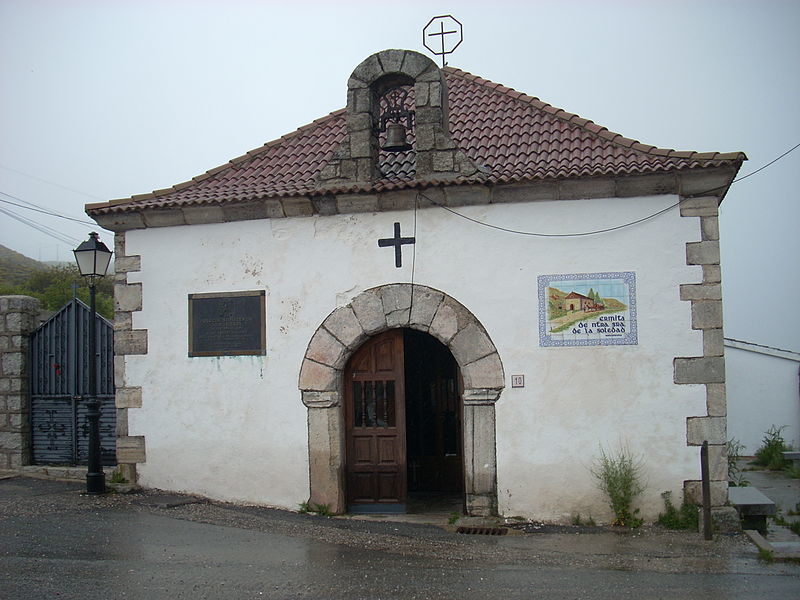
This whitewashed Spanish church may be small, but its walls hold memorials to a mighty event in military history. Its plaques and stunning stained glass window pay tribute to the Polish cavalrymen who charged their way into a victory over the Spanish forces during the Peninsular War.
In the early 18th century, Poland lost its independence and was divided and ruled by its not-so-friendly neighbours, the Kingdom of Prussia and the Russian Empire. Most of the Polish Army was absorbed into the armies of the occupying countries. However, many Polish cavalrymen, known as uhlans, took off to France and fought in the Napoleonic Wars alongside the French army.
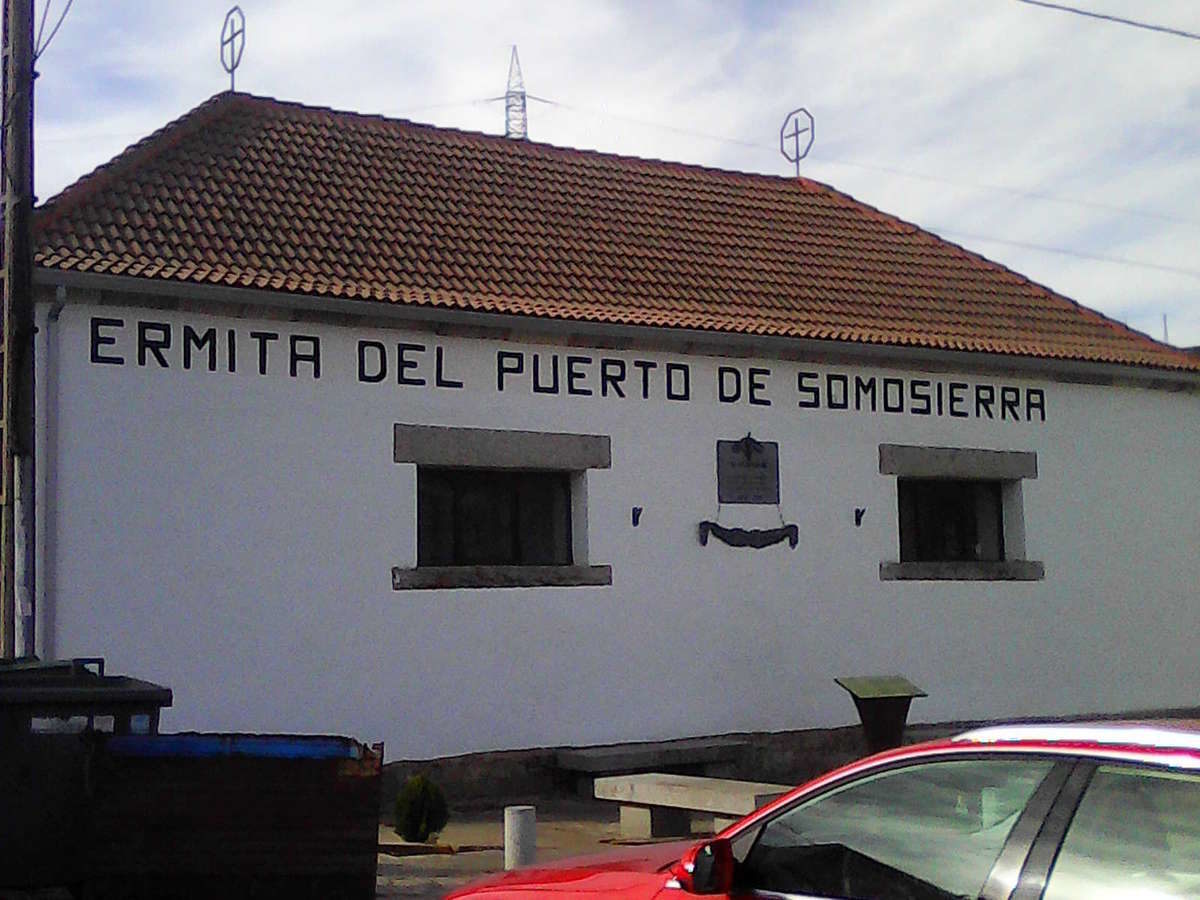
Alongside the French, the Polish cavalry took part in many of the most notable battles of the Napoleonic period. They were the first unit of Napoleon’s army to enter the Moscow Kremlin during the emperor’s invasion of Russia. However, perhaps their most notable success (and certainly the best known) is the Battle of Somosierra, which occurred during of the Peninsular War.
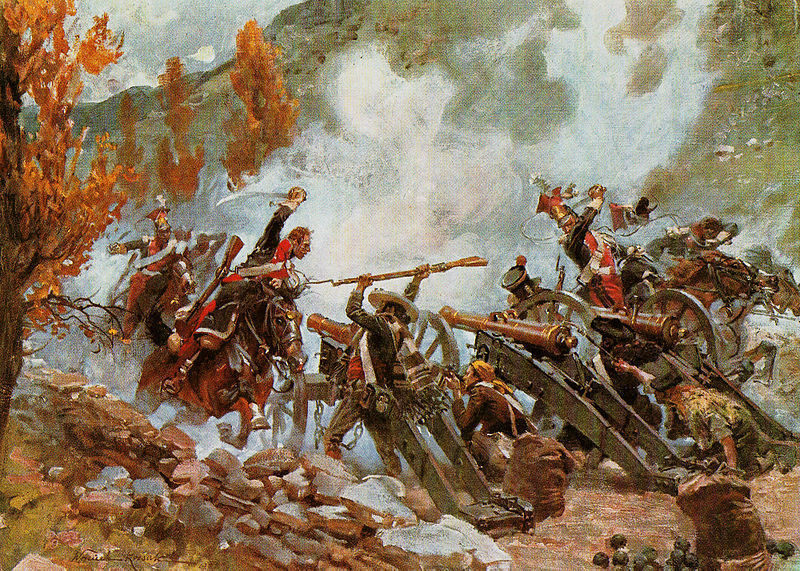
During his advance on Madrid, Napoleon was blocked on November 30, 1808, by 9,000 Spaniards in the valley of Somosierra in the Sierra de Guadarrama. Because of the tough nature of the terrain, the Spanish forces could not easily be outflanked. Impatient to proceed toward Madrid, Napoleon ordered his Polish light cavalry escort to charge the Spaniards. Despite losing two-thirds of their numbers, the Poles succeeded in forcing the defenders to abandon their position.
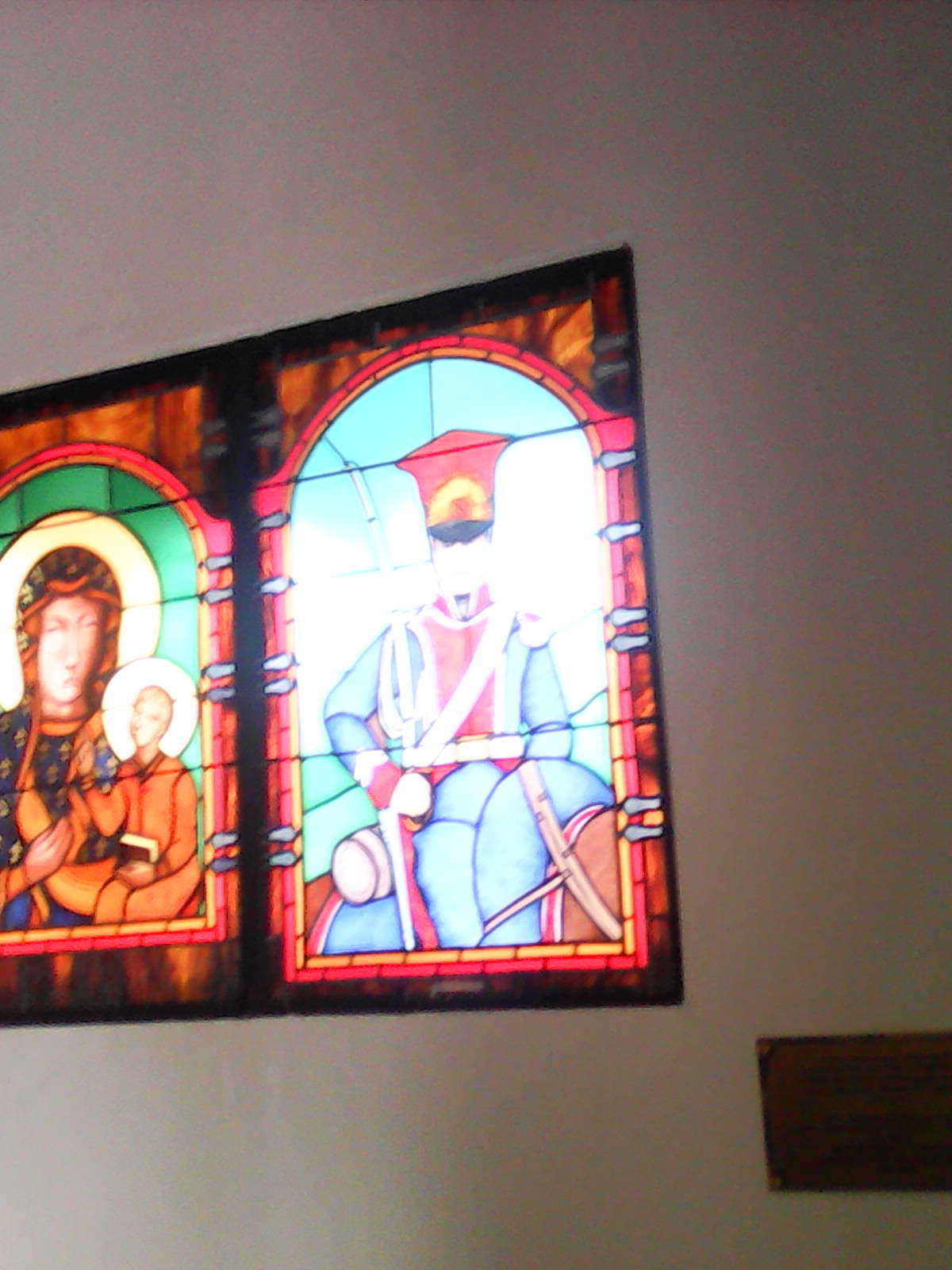
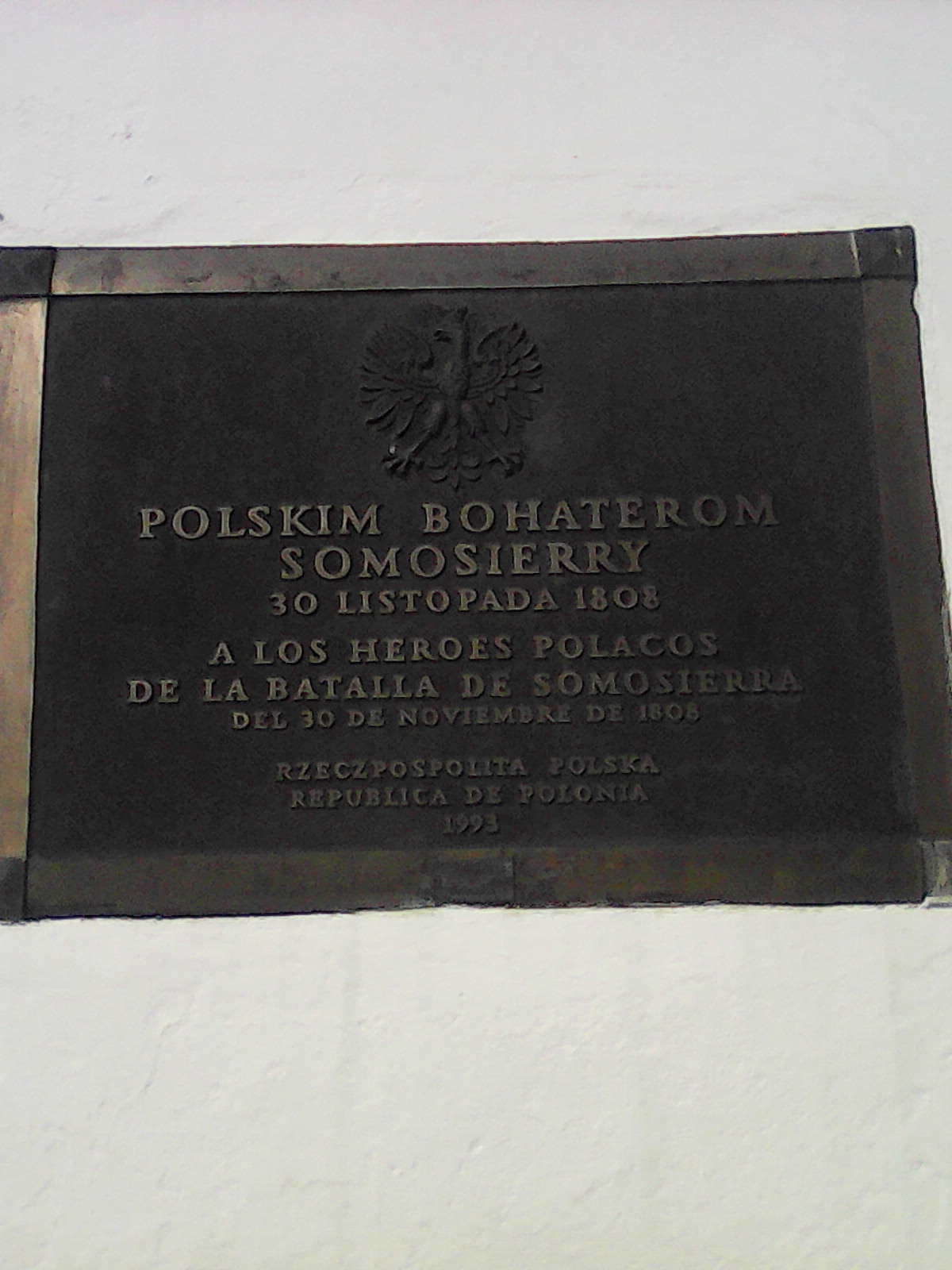
On the exterior the Ermita de Nuestra Señora de la Soledad, a small chapel which lies directly at the side of the old Madrid to Burgos road (now by-passed by a tunnel carrying the A1 Autovia), you can see a memorial to the event. The Polish government placed a brass plaque onto one of the church’s walls in 1993 to honour its valiant fighters. The event is also marked by a plaque inside the hermitage and by the gorgeous stained glass window, which depicts a Spanish artilleryman and Polish uhlan on either side of an image of the Madonna.
You don't have to be registered to leave a comment but it's quicker and easier if you are (and you also can get notified by email when others comment on the post). Please Sign In or Register now.